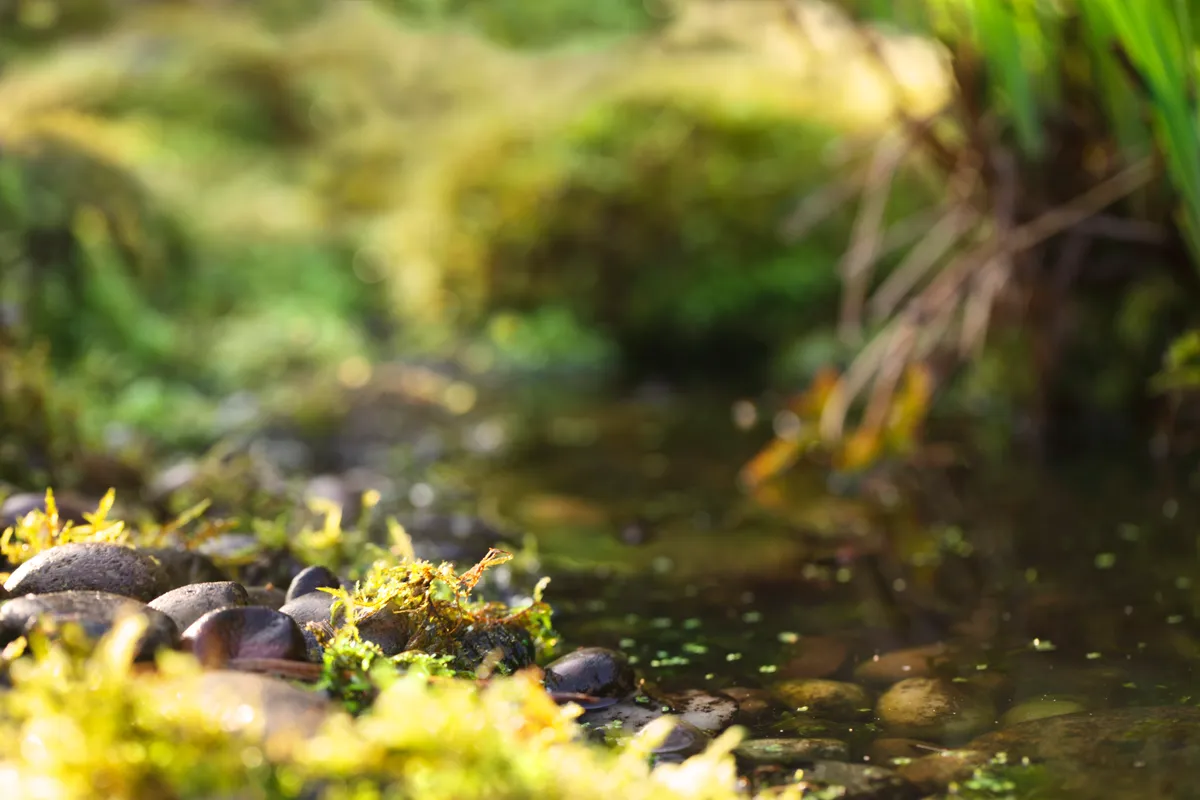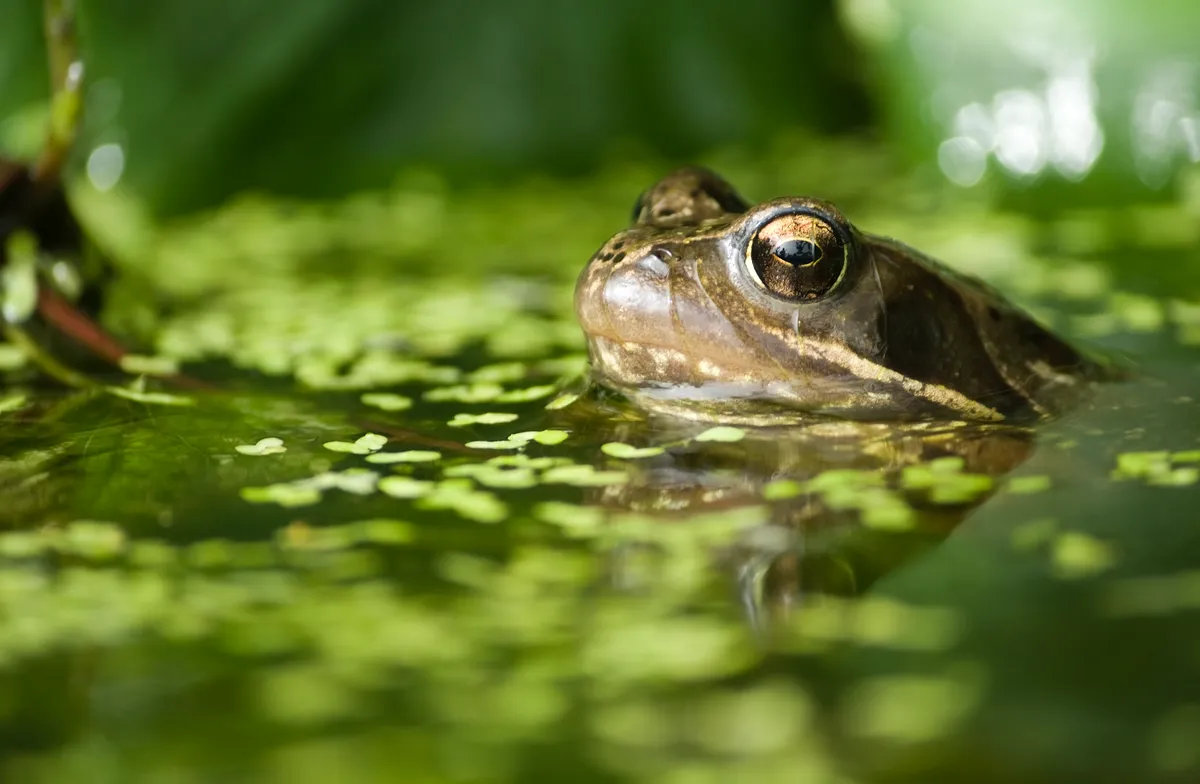Ponds are a valuable habitat for attracting invertebrates, newts, grass snakes and frogs to your garden. They are places of quiet tranquillity, spaces for ecological interaction, places for memorable encounters with the natural world.
Today, the British love of wildlife ponds appears to show no signs of stopping.
Here is our step by step guide to creating your own wildlife pond.

Statistically, throughout urban and suburban spaces in England and Wales at least, garden ponds account for a remarkable 20% of all shallow-pond habitats, supporting populations of animals that are declining in the wider countryside – such as the common frog and smooth newt – and providing refuge to ecologically important insects, including damselflies, caddisflies and dragonflies. Ponds are, quite literally, life-saving. The more we have of them, the better.
If you don’t yet have a wildlife pond in your garden, here is everything you need to get started. So reach for the spade, and let’s begin.

